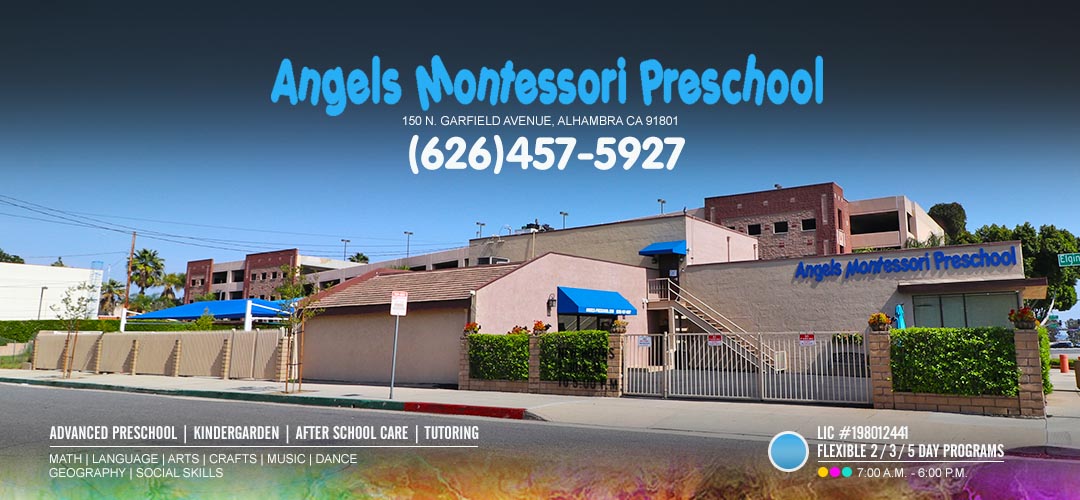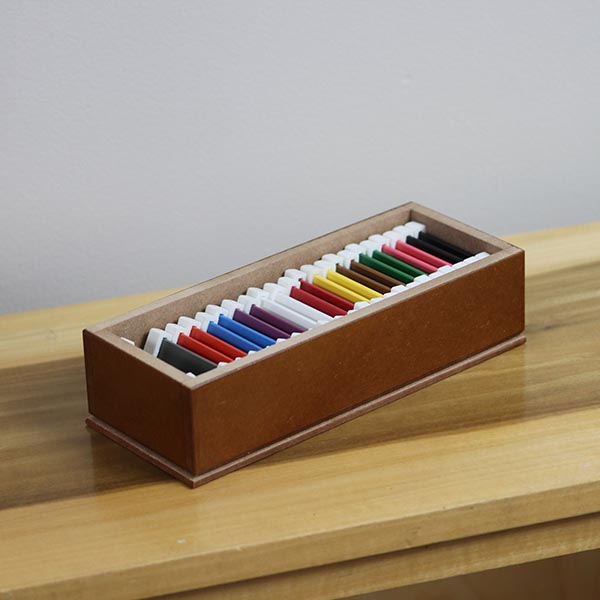THE MONTESSORI METHOD

The Montessori method treats each child as an individual. Dr. Maria Montessori considered that children develop at different speeds and should be given the opportunity to develop at their own pace. Montessori developed a philosophy that says that each child is unique and an individual and we need to accommodate their needs.
WHO WAS MARIA MONTESSORI
Maria Montessori was a Italian Doctor. She was a trained physician whose initial research involved observing children in a psychiatric facility. Most people thought these children were wild and uncontrollable. However further research Dr. Montessori to discover that these children were not wild, but that were merely starved of wanting to work with materials. They need stimulation. Maria Montessori was a Italian Doctor. She was a trained physician whose initial research involved observing children in a psychiatric facility. Most people thought these children were wild and uncontrollable. However further research Dr. Montessori to discover that these children were not wild, but that were merely starved of wanting to work with materials. They need stimulation.
LEARNING HAPPENS THROUGH THE 5 SENSES
Dr. Montessori believed that learning happens through all 5 senses. She called this the "Absorbent mind ". So she developed special material to actively challenge young children through the sense of touch, smell, sight, sound and taste. This requires the child to physically experience and manipulate objects in order to gain understanding.
THE 3 PERIOD LESSON
FIRST PERIOD
The Teacher opens the box of color tablets, lays out the tablets and says " This is yellow, this red, this blue, by pointing to each tablet.
SECOND PERIOD
The teacher then asks the child " Show me blue, show me red, show me yellow until the child has mastered the colors with partial from the teacher
THIRD PERIOD
Finally in the the teacher points to a color and asks " what is this color?. In this scenario the child not given any hint of what the color is.
KNOBBED CYLINDERS
Montessori knobbed cylinders are a set of educational toys designed for young children to help develop their cognitive and motor skills. The set typically consists of ten cylinders of varying heights and diameters, each with a knob on top that corresponds to a hole in a wooden block.
Here are some of the benefits of using Montessori knobbed cylinders:
-
Develops hand-eye coordination: The knobbed cylinders require children to match the cylinder with the correct hole in the wooden block. This helps to develop their hand-eye coordination and fine motor skills.
-
Enhances spatial awareness: The varying heights and diameters of the cylinders require children to use spatial reasoning to correctly fit the cylinders into the block.
-
Improves problem-solving skills: The process of figuring out which cylinder goes into which hole can be a challenging problem-solving exercise for young children.
-
Encourages independent learning: The Montessori method emphasizes independence and self-directed learning. The knobbed cylinders can be used independently, allowing children to learn and explore on their own.
-
Builds confidence and self-esteem: Successfully fitting the cylinders into the block can give children a sense of accomplishment and boost their self-confidence.
SAND PAPER LETTERS
Another Montessori innovation is the sand paper letters and numbers. Children first learn to trace letters and also learn the sound of letters before they actually learn the names of letter. Many of the Montessori materials are color coded to represent certain meaning and values. For example this could be used to represent mathematical quantities.
PRACTICAL LIFE
Montessori also teachers practical like skills such as dressing themselves, washing hands, blowing their nose, moving chairs, cleaning a table, setting a table, preparing food and much more.
SELF REGULATORY MECHANISM
Children are encouraged to work independently and chart their course of development. This independence helps children develop their inner compass or what is called the " Self regulatory mechanism ". Children can freely choose an activity that will interest them, but it must be from the special material available within the classroom. These materials are ready available in the open and easily displayed so that children can readily gain access to them. However they must completely work through the lesson for each material.
MIXED AGE GROUPS
In a Montessori class, children of different ages and ability are mixed together. Children like to learn from one another and teach one another. The younger children often like to be taught by the older children and the older child likes to guide and teach the younger child.
TIGHTLY CONTROLLED CLASSES
Unlike other teaching system, the Montessori environment is tightly controlled and well prepared. Individual rugs define each Child's work area. Everything is child sized including the furniture. Sizing the furniture to fit the children was a Montessori innovation. The classroom must look neat and tidy. Each item has a place and should be put back exactly where it was removed from. Children also learn routine. That means there are set times for lunch, play, nap time and work.
PRINCIPLES OF MONTESSORI
- Respect each child as an individual
- Promote a sense of belonging and inclusion
- Encourage and model socialization
- Mixed aged classes for peer learning
- Model and promote good habits
- Instill practical experiences in life
- Encourage independent learning
- Teach focus and concentration
- A positive attitude towards learning
- Freedom to choose activities within limits
- Adjust the environment for every child
- Help children to develop memory skills
- Guide the child's learning and provide support
- A structured class to promote a sense of order





